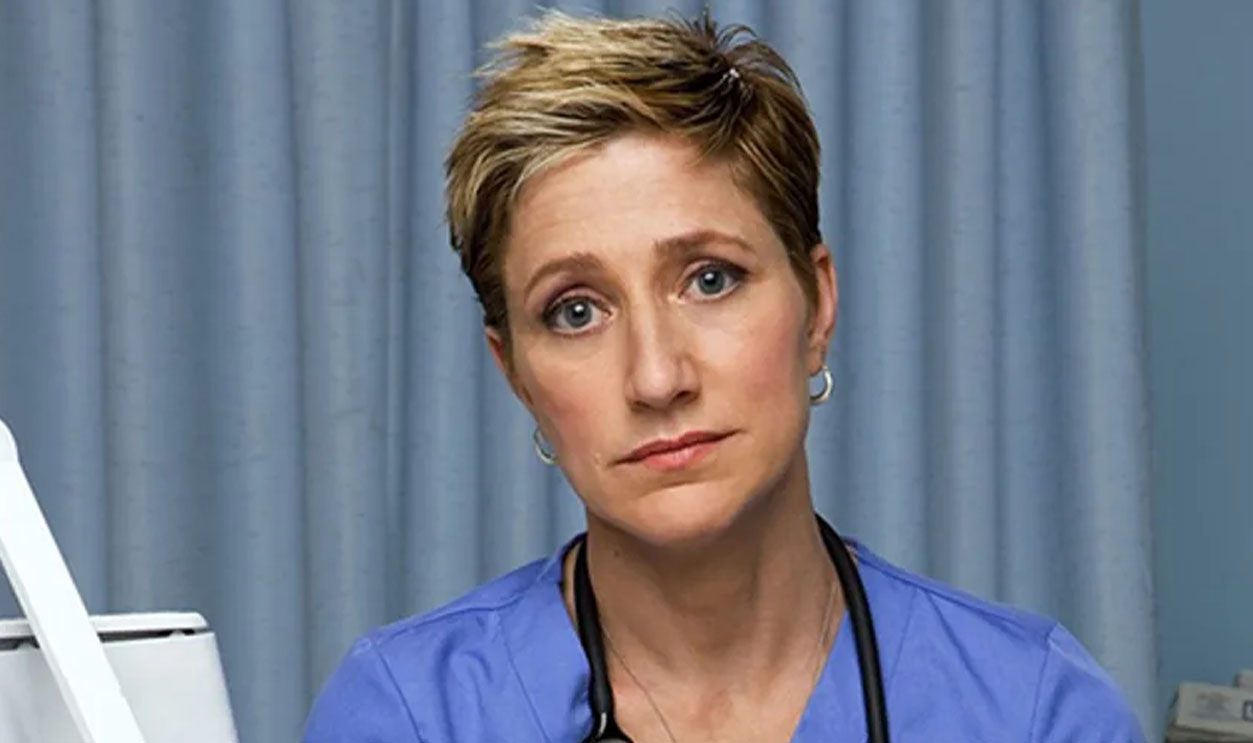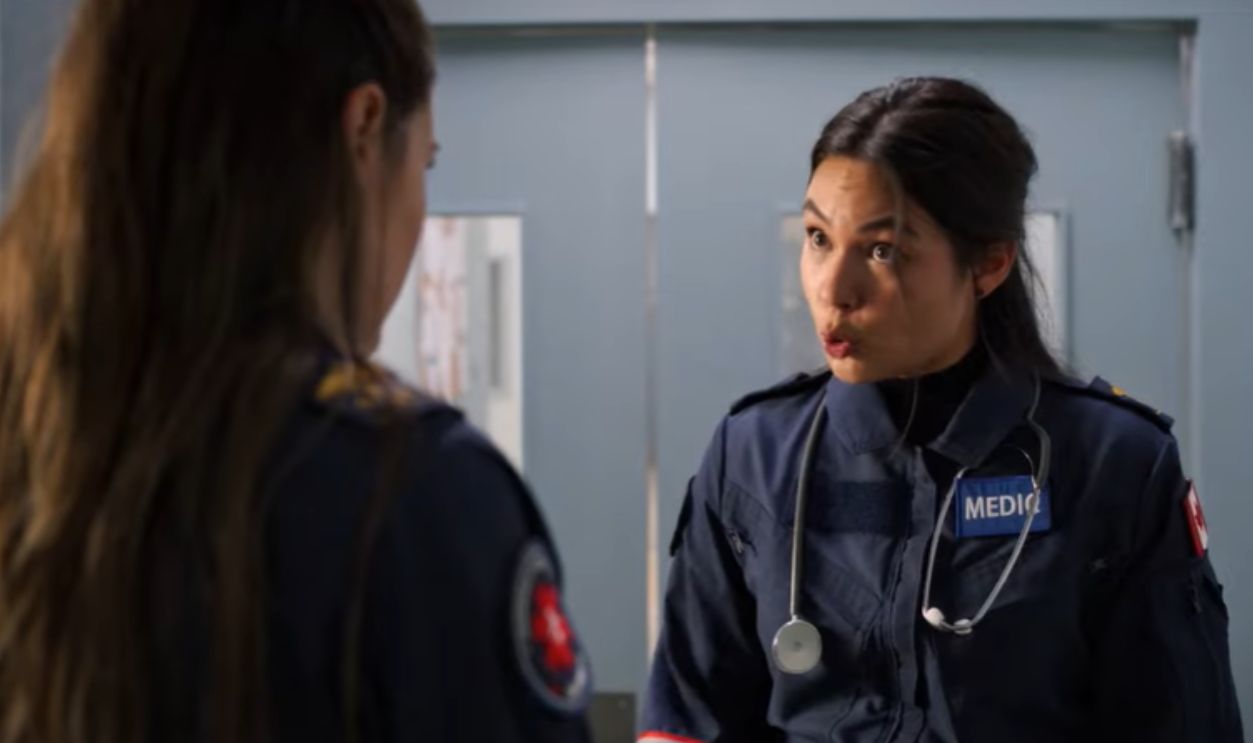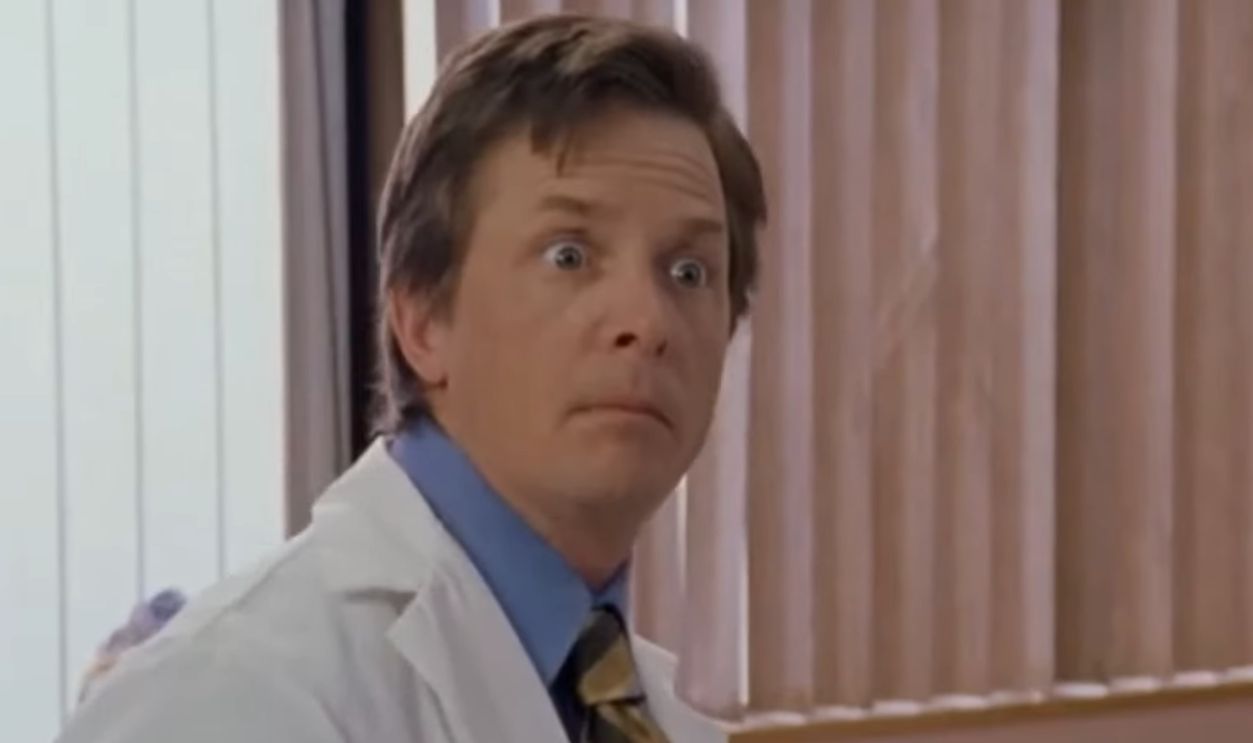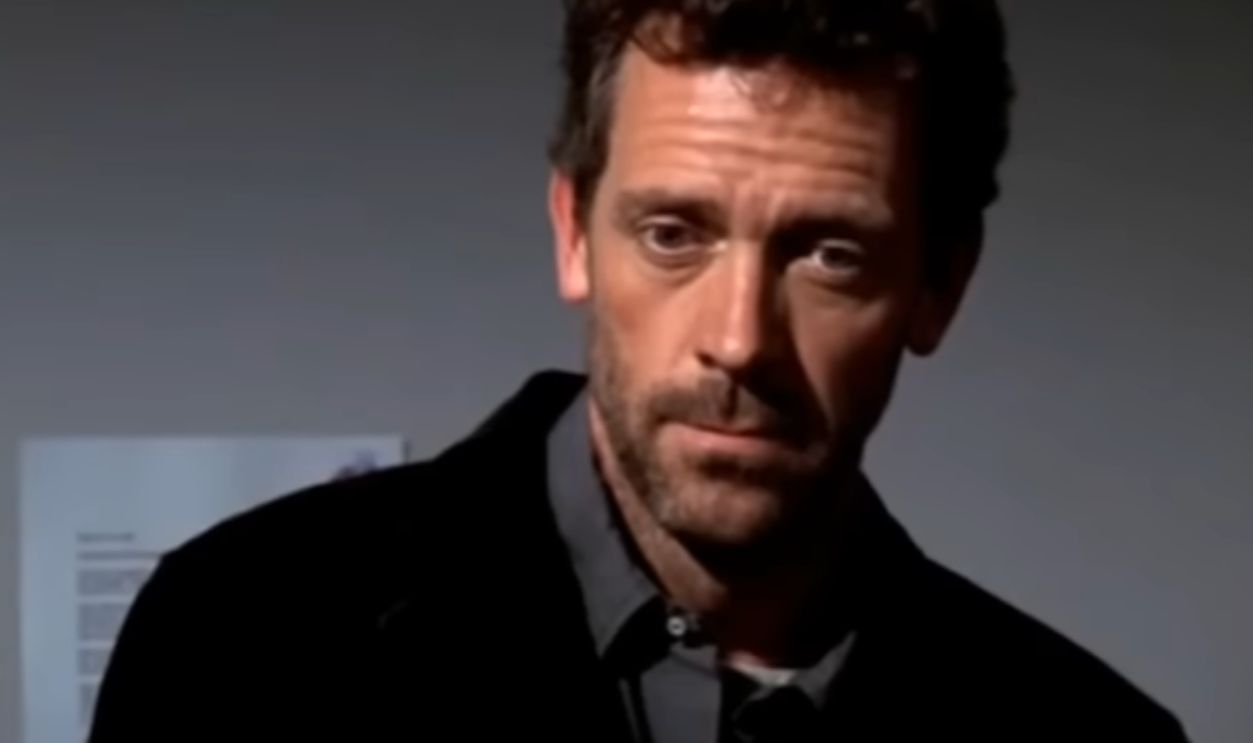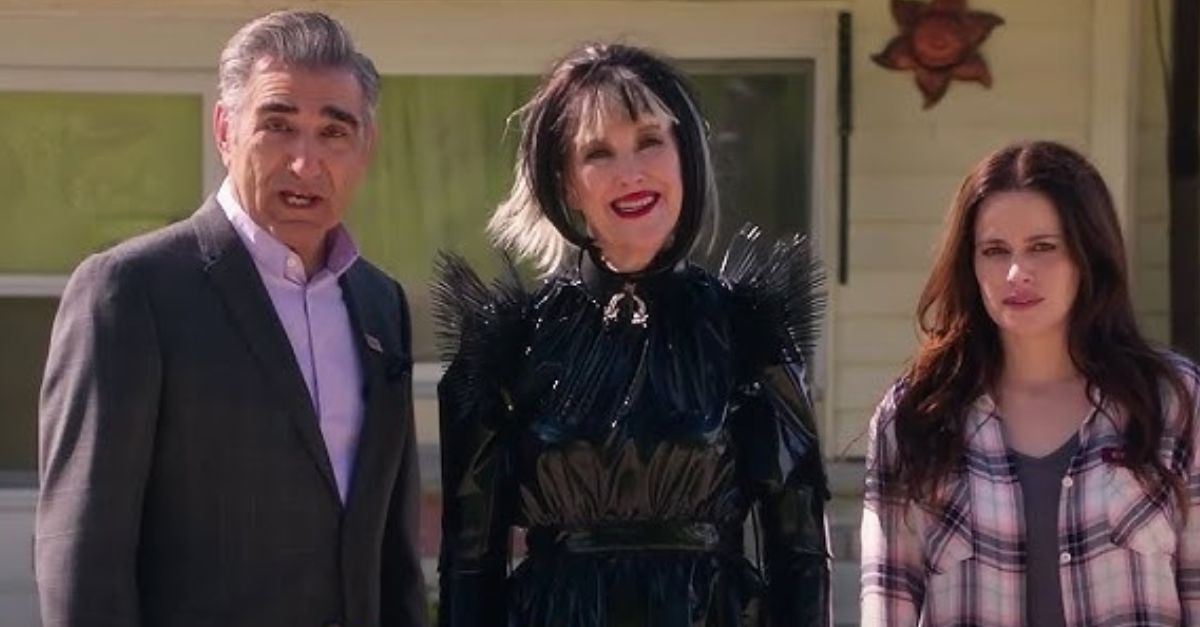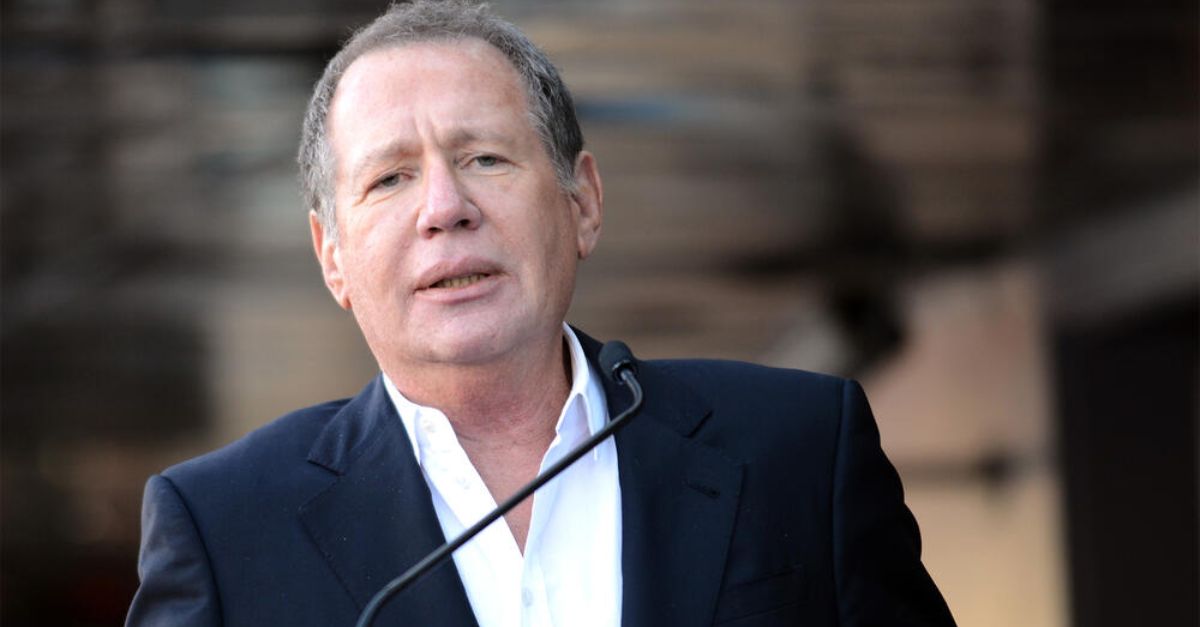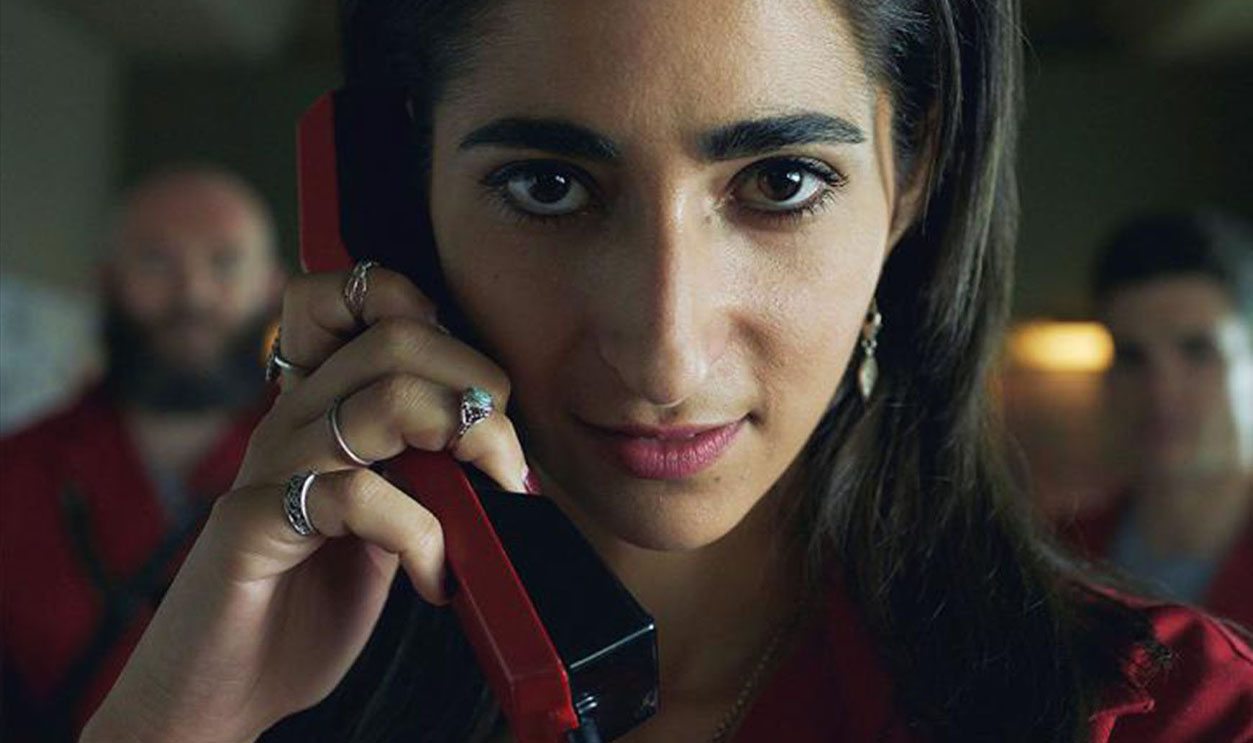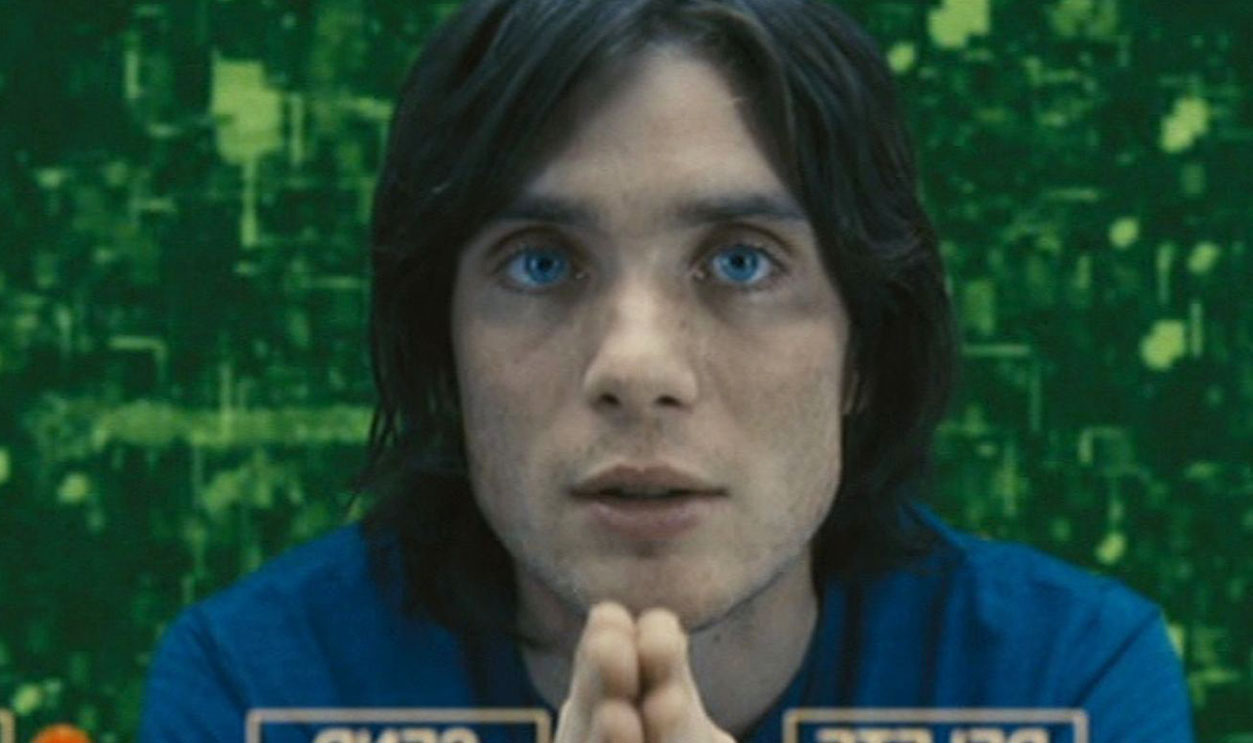Paging Great Television
For decades, hospital corridors have been the backdrop for some of television’s most gripping storytelling. The medical drama has always thrived on tension: the ticking clock of a trauma bay, the moral tightrope between saving lives and losing one’s own sanity. Yet what makes the genre enduring isn’t just scalpels and CPR; it’s the messy humanity behind the medicine.
From prestige network staples to streaming sensations, these are the shows that dissected more than anatomy and examined what it means to care, to fail, and to heal in the spotlight of primetime.

Nip/Tuck (2003–2010)
Long before streaming made boundary-pushing TV common, Nip/Tuck shocked and seduced audiences with its provocative blend of surgery, scandal, and sexuality. Set in a Miami plastic surgery practice, it explored vanity, morality, and obsession with body image. Ryan Murphy’s early masterpiece was a glossy critique of perfectionism—and proof that beauty really can be skin-deep.
 Screenshot from Nip/Tuck, Stu Segall Productions
Screenshot from Nip/Tuck, Stu Segall Productions
Diagnosis: Murder (1993–2001)
Before medical mysteries became mainstream, Diagnosis: Murder was the charming bridge between cozy crime drama and hospital procedural. Starring Dick Van Dyke as Dr. Mark Sloan (a doctor who just can’t stop solving murders), it blended humor, warmth, and a dash of whodunit flair. With its family-friendly tone and clever crossover of genres, it proved that saving lives and solving crimes could coexist beautifully on network TV.
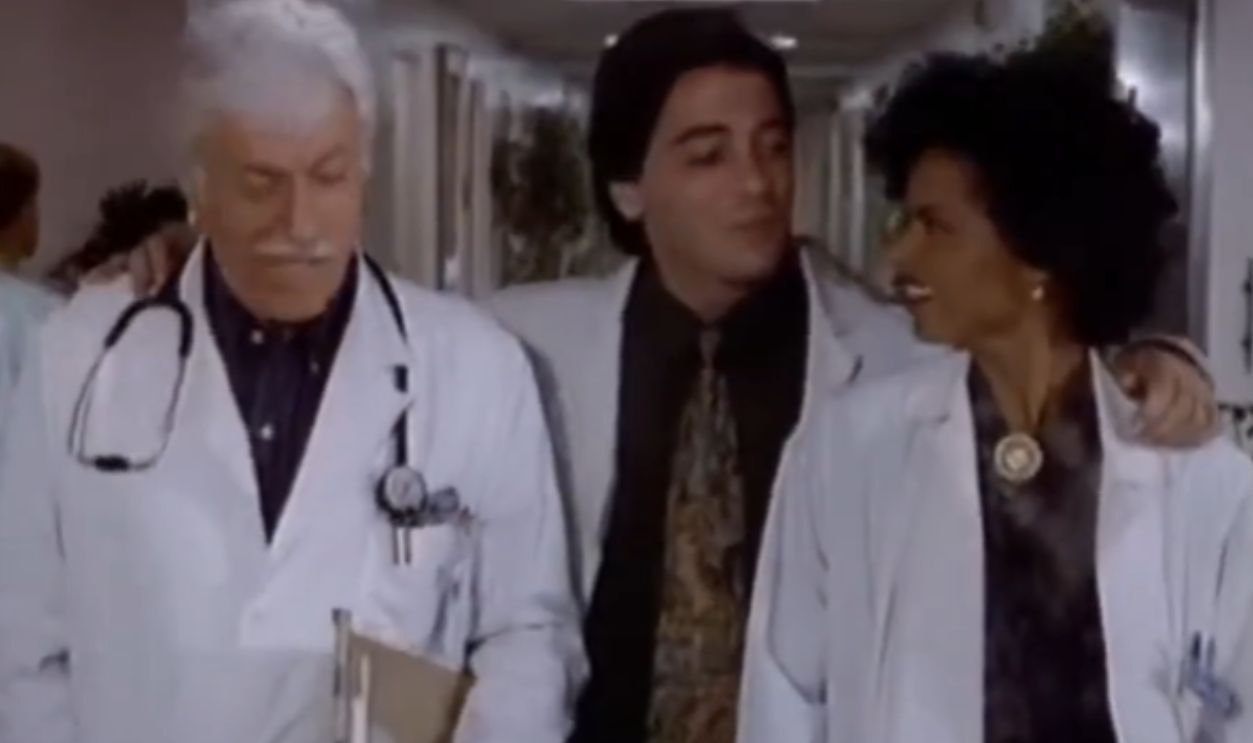 Screenshot from Diagnosis: Murder, CBS
Screenshot from Diagnosis: Murder, CBS
Dr. Death (2021–2023)
Based on the chilling true story of neurosurgeon Christopher Duntsch, Dr. Death is as horrifying as it is compelling. The series examines the real-life consequences of medical arrogance, with Joshua Jackson delivering a disturbingly magnetic performance. It’s not the comforting kind of medical drama; it’s a nightmare in scrubs that exposes the dark side of trust in the healthcare system.
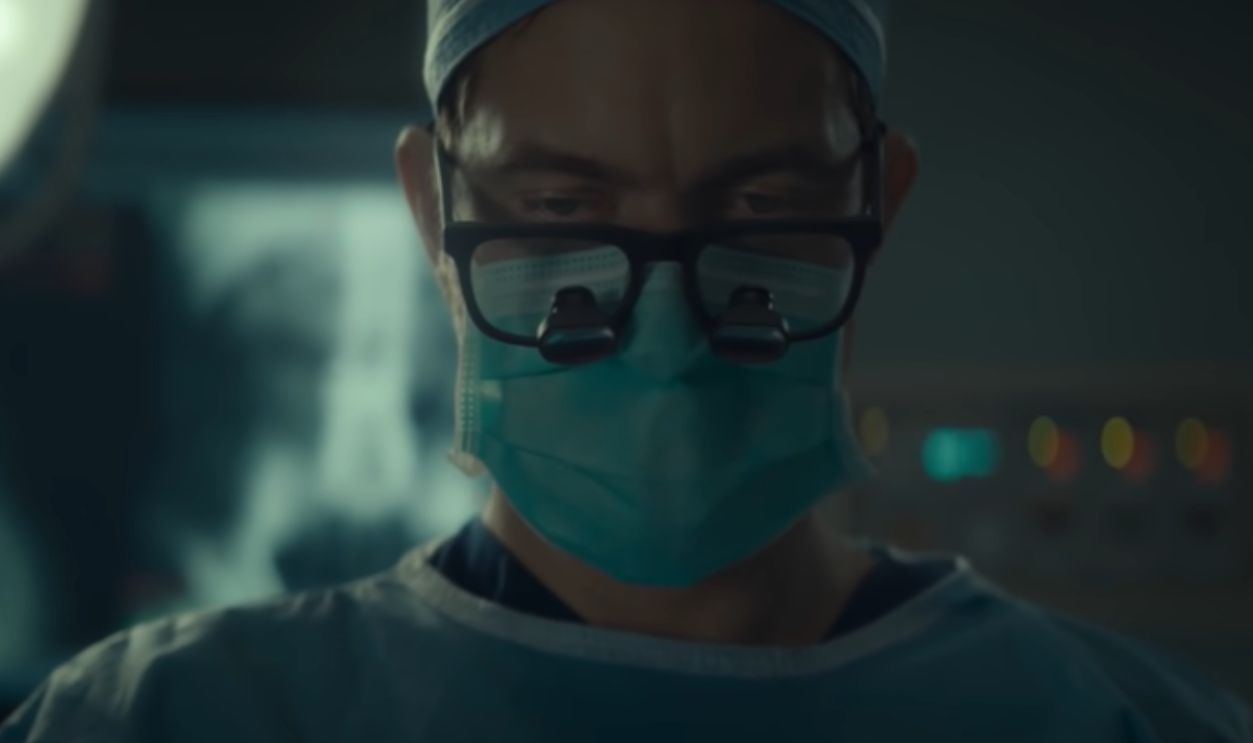 Screenshot from Dr. Death, Peacock
Screenshot from Dr. Death, Peacock
Trapper John, M.D. (1979–1986)
A spin-off of M*A*S*H*, this series followed Trapper John McIntyre years after his days in Korea. Set in a San Francisco hospital, Trapper John, M.D. focused on the evolving ethics and technology of modern medicine. It was less chaotic than its predecessor but still carried the same compassionate spirit, and a reminder that even battle-hardened doctors could still find hope in healing.
 Screenshot from Trapper John, M.D., CBS
Screenshot from Trapper John, M.D., CBS
Chicago Med (2015–)
Part of the expansive Chicago franchise, Chicago Med delivers classic NBC drama with a pulse. It balances fast-paced ER chaos with heartfelt character arcs, spotlighting both rookie doctors and seasoned professionals. Fans love it for its realism and continuity with sister shows Chicago Fire and Chicago P.D., making it one of TV’s most reliably engaging medical ensembles.
 Screenshot from Chicago Med, NBC
Screenshot from Chicago Med, NBC
Grey’s Anatomy (2005–)
Shonda Rhimes’ unstoppable hit has become synonymous with medical TV itself. Grey’s Anatomy blends steamy romance, high-stakes surgery, and jaw-dropping plot twists into pure pop culture legend. With over 400 episodes, it’s a cultural institution that’s launched careers, inspired memes, and made “seriously?” part of our vocabulary.
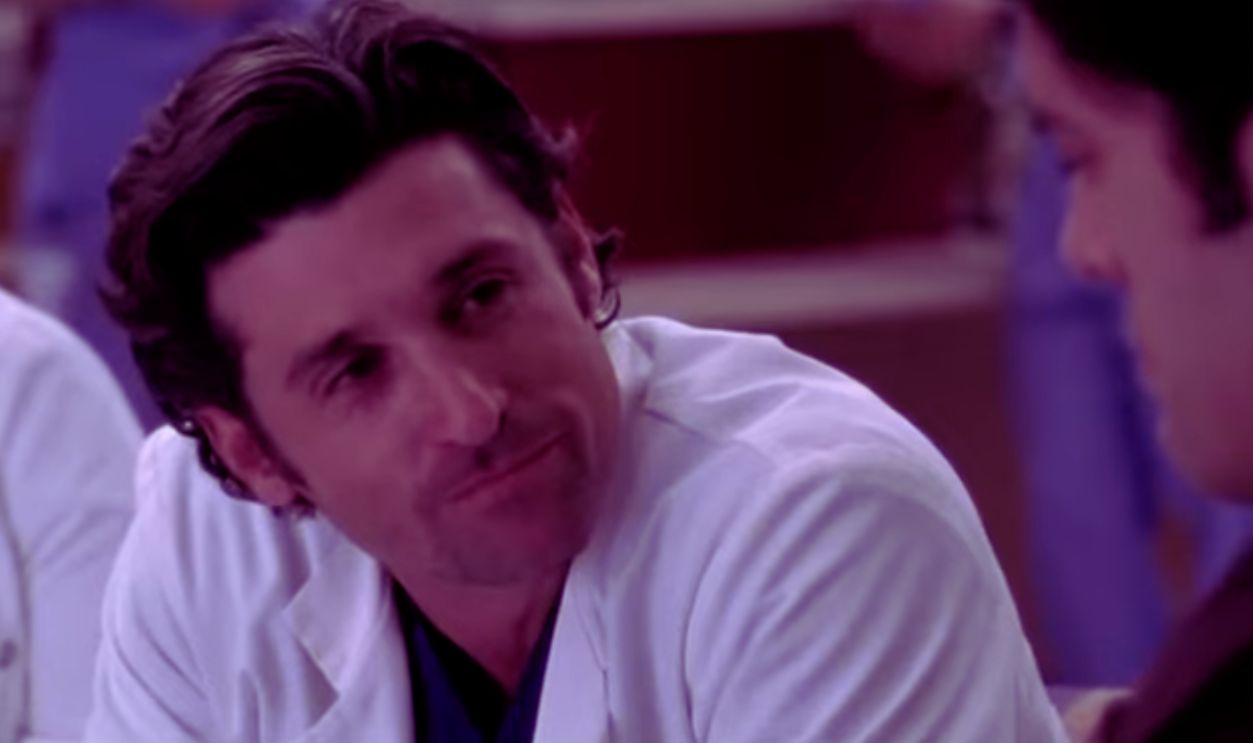 Screenshot from Grey’s Anatomy, ABC
Screenshot from Grey’s Anatomy, ABC
SkyMed (2022–)
This Canadian hit brings the drama to the skies. SkyMed follows flight nurses and pilots delivering critical care to remote communities. It’s high-stakes medicine meets aerial adventure, with breathtaking landscapes and plenty of personal turbulence. A modern spin on the medical drama, it captures both the isolation and heroism of medicine practiced on the edge of the world.
Royal Pains (2009–2016)
Set in the opulent Hamptons, Royal Pains gave medicine a breezy, summer vibe. Mark Feuerstein stars as a doctor-turned-concierge physician for the ultra-rich, solving both medical and moral dilemmas amid seaside mansions. Lighthearted yet clever, it made healthcare glamorous and introduced viewers to the term “boutique medicine” before it was cool.
 Screenshot from Royal Pains, USA Network
Screenshot from Royal Pains, USA Network
Code Black (2015–2018)
Named after the ER term for being over capacity, Code Black mirrors the chaotic pace of real emergency rooms. It’s gritty, urgent, and emotional, highlighting the resilience of doctors working under impossible pressure. With Marcia Gay Harden leading a stellar cast, the show balanced medical realism with the human cost of heroism.
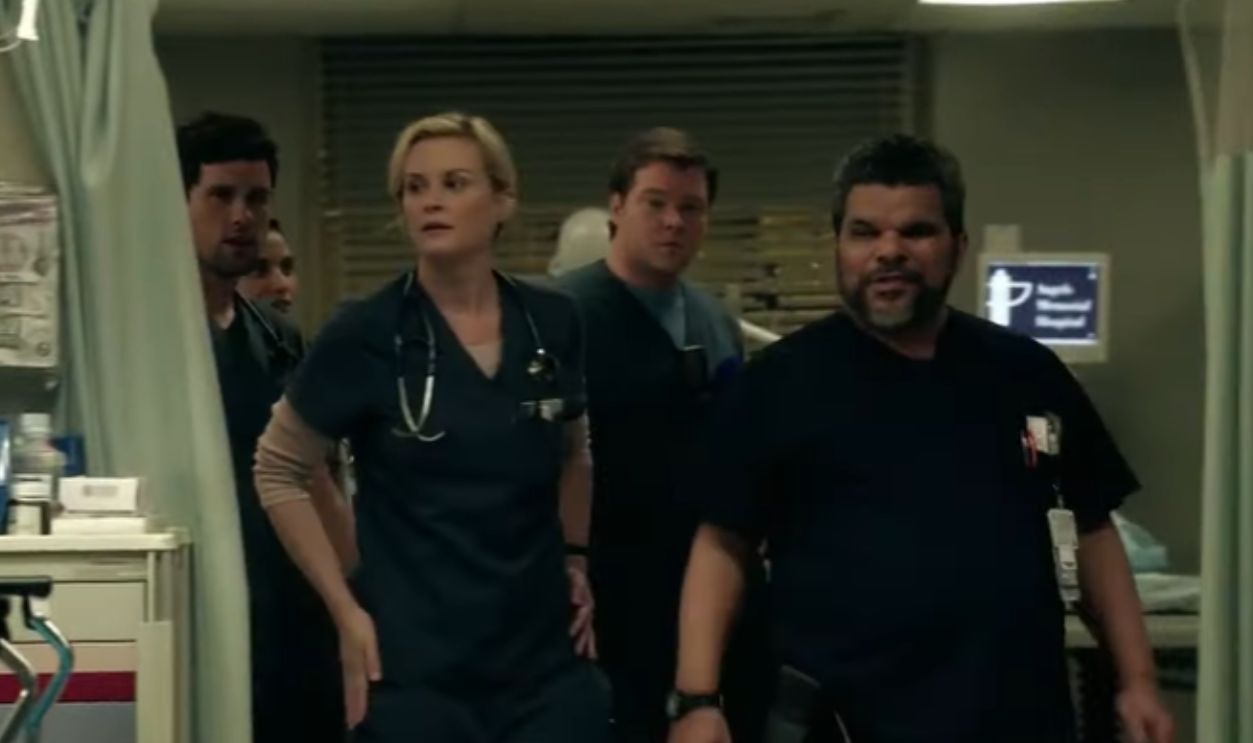 Screenshot from Code Black, CBS
Screenshot from Code Black, CBS
Doogie Howser, M.D. (1989–1993)
Before he suited up for How I Met Your Mother, Neil Patrick Harris played the prodigious teenage doctor who stole America’s heart. Doogie Howser, M.D. balanced medical challenges with coming-of-age themes, offering a unique look at growing up under a microscope. It was wholesome, witty, and ahead of its time in exploring youth and responsibility.
 Screenshot from Doogie Howser, M.D., 20th Television
Screenshot from Doogie Howser, M.D., 20th Television
New Amsterdam (2018–2023)
With its rallying cry of “How can I help?”, New Amsterdam brought optimism back to the medical drama. Inspired by real-life public hospitals, it follows Dr. Max Goodwin as he challenges bureaucracy to put patients first. Smart, idealistic, and full of heart, it’s a modern favorite that redefined compassion in healthcare.
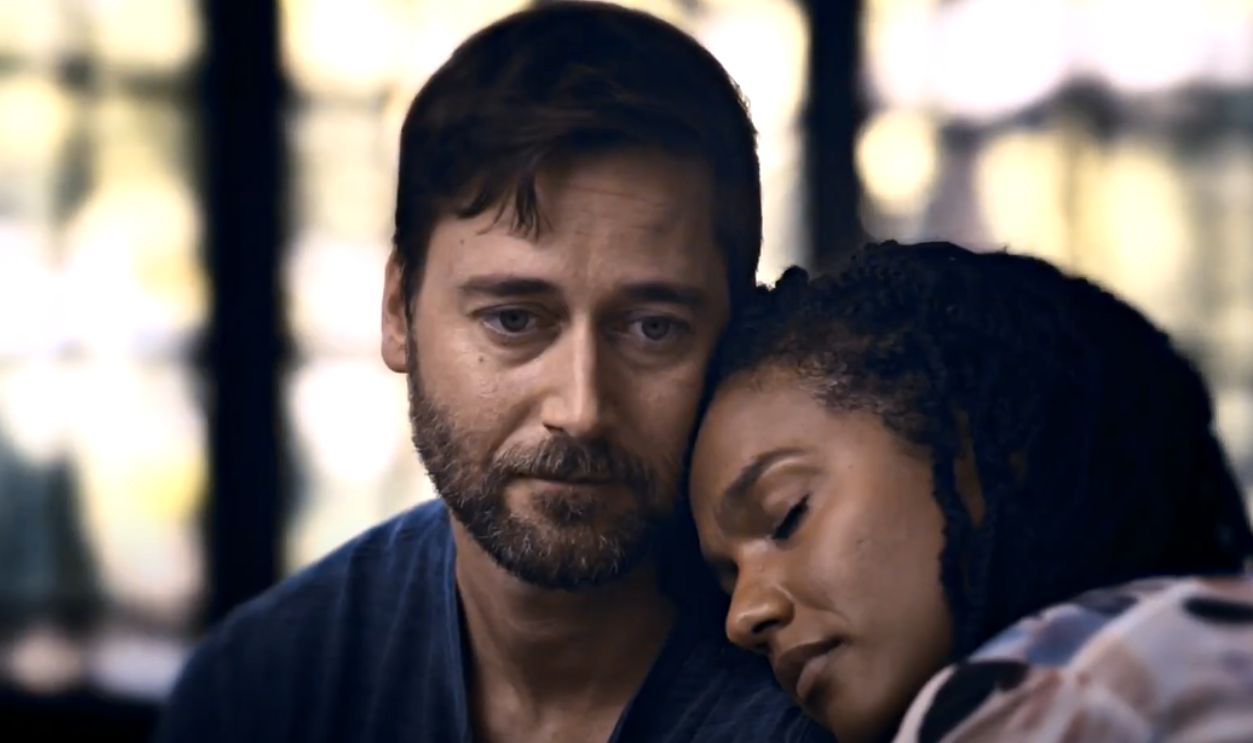 Screenshot from New Amsterdam, NBC
Screenshot from New Amsterdam, NBC
Temple (2019–2021)
Temple dives deep into the moral shadows of medicine. Mark Strong stars as a surgeon running an illegal clinic beneath London’s streets to save his terminally ill wife. It’s stylish, dark, and surprisingly emotional, blending crime, sci-fi, and ethical gray zones. A hidden gem that asks how far one would go for love, and for science.
Call The Midwife (2012–2024)
A gentle powerhouse of historical drama, Call the Midwife captures life and motherhood in post-war London. The series thrives on empathy, exploring social change, poverty, and women’s health through beautifully written characters. Both heartwarming and heartbreaking, it’s proof that medicine isn’t just about saving lives, it’s about understanding them.
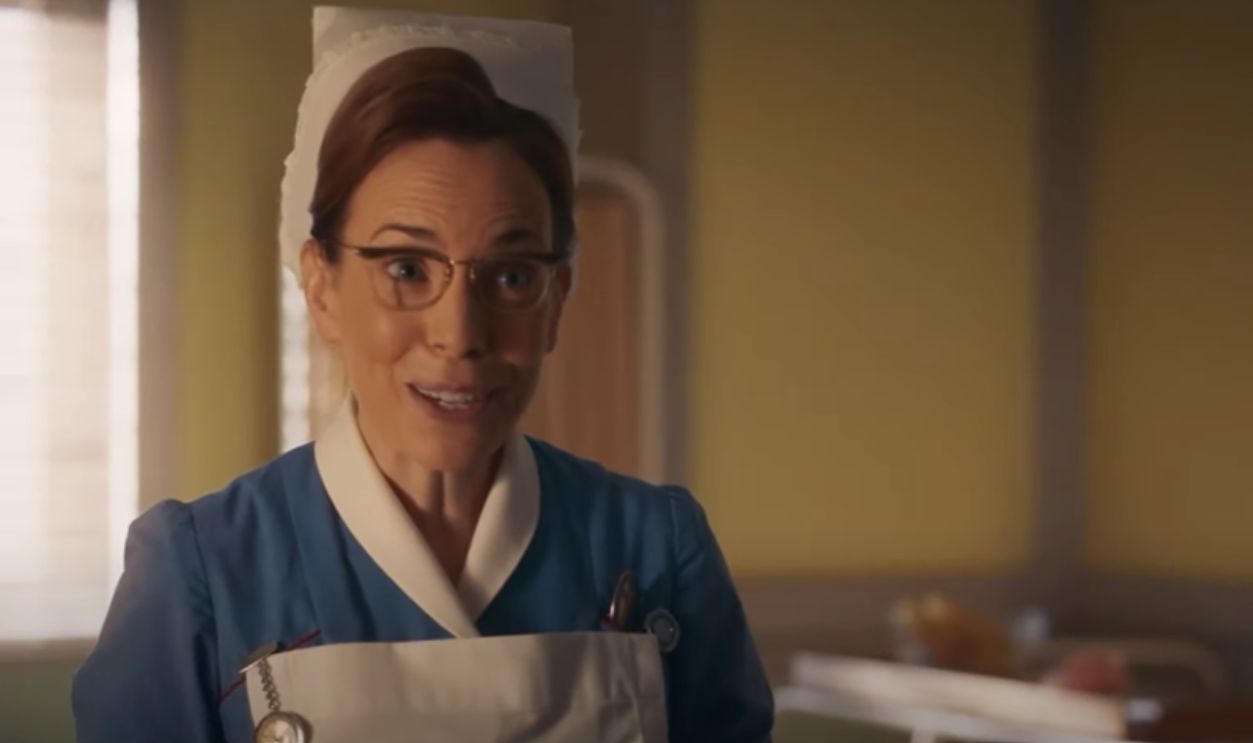 Screenshot from Call the Midwife, Neal Street Productions
Screenshot from Call the Midwife, Neal Street Productions
Critical (2015)
This British series, led by Lennie James, unfolds in real time over the course of one patient’s treatment each episode. Critical was tense, technical, and visually stunning — a hyper-realistic portrayal of emergency medicine. Though short-lived, it earned praise for its authenticity and cinematic direction, pushing the boundaries of what medical drama could look like.
St. Elsewhere (1982–1988)
St. Elsewhere revolutionized the genre by infusing sharp realism and moral ambiguity into hospital storytelling. Its ensemble cast (including a young Denzel Washington) and groundbreaking plots made it the Hill Street Blues of medical TV. With its blend of humor, tragedy, and surrealism, it paved the way for nearly every show that followed.
 Screenshot from St. Elsewhere, NBC
Screenshot from St. Elsewhere, NBC
Chicago Hope (1994–2000)
Often overshadowed by ER, Chicago Hope was a sophisticated and character-driven drama from David E. Kelley. It took a more psychological approach to hospital life, diving deep into the ethical dilemmas of modern medicine. Mandy Patinkin and Christine Lahti anchored the cast with gravitas, ensuring it earned its own devoted following.
 Screenshot from Chicago Hope, CBS
Screenshot from Chicago Hope, CBS
Saving Hope (2012–2019)
Saving Hope fused medical realism with the supernatural, centering on a doctor trapped in a coma who watches over his colleagues as a spirit. It’s part romance, part spiritual exploration, and all heart. A Canadian fan favorite, it reminded viewers that healing can mean more than just a beating heart.
 Screenshot from Saving Hope, CTV
Screenshot from Saving Hope, CTV
This Is Going To Hurt (2022)
Based on Adam Kay’s memoir, This Is Going to Hurt is darkly funny and brutally honest. Set in the NHS, it exposes the emotional and physical toll of being a doctor. Ben Whishaw delivers a stellar performance in this biting, empathetic look at modern medicine’s burnout culture.
 Screenshot from This Is Going to Hurt, AMC Studios
Screenshot from This Is Going to Hurt, AMC Studios
The Resident (2018–2023)
The Resident peeled back the glossy exterior of hospital life to reveal the politics, profit motives, and moral conflicts beneath. It’s a sharp critique of the healthcare industry wrapped in addictive storytelling. With strong performances by Matt Czuchry and Emily VanCamp, the show proved that doing good isn’t always good business.
 Screenshot from The Resident, FOX
Screenshot from The Resident, FOX
Transplant (2020–2024)
This Canadian drama centers on Bashir Hamed, a Syrian refugee rebuilding his career as a doctor in Toronto. Transplant stands out for its empathy and humanity, tackling both cultural identity and medical ethics. It’s a heartfelt, modern take on survival — inside and outside the hospital.
 Screenshot from Transplant, CTV
Screenshot from Transplant, CTV
Good Sam (2022)
In Good Sam, Sophia Bush shines as a talented surgeon forced to step up after her father falls into a coma. The twist? He wakes up—and wants his job back. Blending family tension with professional rivalry, it’s a soapy, compelling look at legacy and leadership.
The Good Doctor (2017–2024)
Freddie Highmore’s performance as Dr. Shaun Murphy, a young surgeon with autism and savant syndrome, made The Good Doctor a breakout success. It’s emotional and deeply compassionate, focusing on empathy as much as expertise. The show became a global hit for its authenticity and message of inclusion.
 Screenshot from The Good Doctor, ABC
Screenshot from The Good Doctor, ABC
Private Practice (2007–2013)
A spin-off of Grey’s Anatomy, Private Practice followed Addison Montgomery as she left Seattle Grace to start fresh in L.A. The show tackled ethics, fertility, and family dynamics, offering a more introspective take on the genre. It was sexy, stylish, and unafraid to get messy in the best way.
 Screenshot from Private Practice, ABC
Screenshot from Private Practice, ABC
Bodies (2004–2006)
Bodies is an unflinching British series about the darker side of obstetrics, focusing on one doctor’s moral unraveling. Raw and realistic, it’s not for the faint of heart. Yet its honesty about medical malpractice and personal failure makes it unforgettable and criminally underrated.
Scrubs (2001–2010)
Balancing absurd humor with heartfelt emotion, Scrubs was lightning in a bottle. Its mix of slapstick, surrealism, and sincerity captured both the joy and heartbreak of life in medicine. Zach Braff’s JD and his crew turned laughter into catharsis, redefining what a “medical comedy” could be.
Nurse Jackie (2009–2015)
Nurse Jackie offered a refreshing change of perspective: from the nurses’ station. Edie Falco’s portrayal of an addict nurse navigating chaos with grit and compassion was both darkly funny and devastatingly human. It’s messy, flawed, and real—just like the healthcare workers it honors.
 Sreenshot from Nurse Jackie, Showtime
Sreenshot from Nurse Jackie, Showtime
The Pitt (2025–)
One of the newest entries in the genre, The Pitt follows the chaos of a teaching hospital in Pittsburgh, mixing medical realism with dark humor. It’s already gaining traction for its sharp writing and layered ensemble cast, proving the medical drama is still evolving.
 Screenshot from The Pitt, John Wells Productions
Screenshot from The Pitt, John Wells Productions
ER (1994–2009)
The gold standard of hospital TV, ER changed television forever. Created by Michael Crichton, it combined cinematic direction with authentic medical pacing, launching the careers of George Clooney and Julianna Margulies. Its influence can be felt in every medical show that followed — fast, emotional, and unapologetically human.
 Screenshot from ER, Warner Bros. Television
Screenshot from ER, Warner Bros. Television
M*A*S*H (1972–1983)
Part war story, part comedy, M*A*S*H transcended genre entirely. Set in a Korean War field hospital, it balanced satire with soul, humor with heartbreak. Its finale remains one of the most-watched broadcasts in history—a testament to how deeply it touched audiences.
House (2004–2012)
No doctor on TV was more brilliant or infuriating than Hugh Laurie’s Dr. Gregory House. A misanthropic genius with a limp and an addiction, House turned medical diagnosis into detective work. Its sharp writing and moral ambiguity made it as addictive as its protagonist’s painkillers—and twice as rewarding.
You May Also Like:
The Best Historical Dramas On TV Right Now

